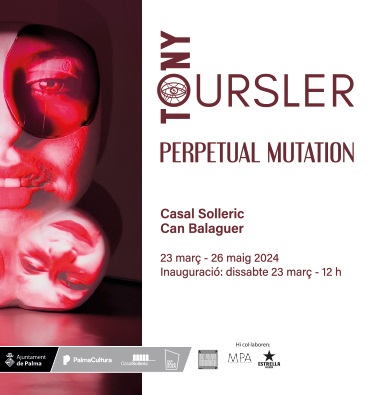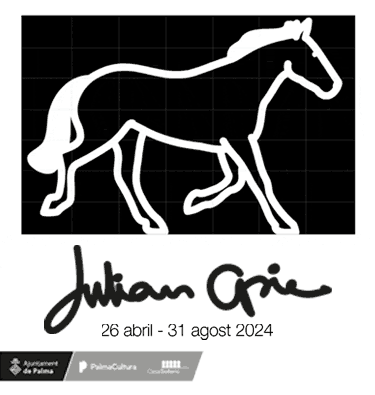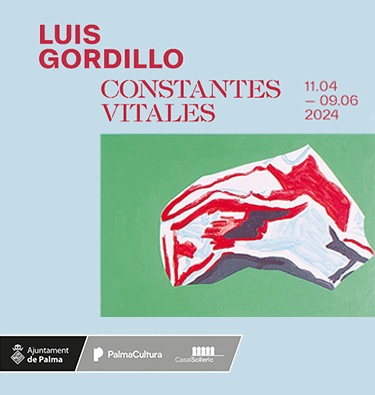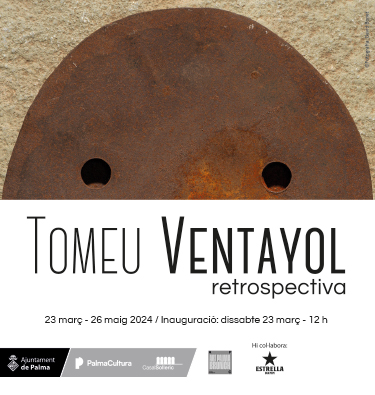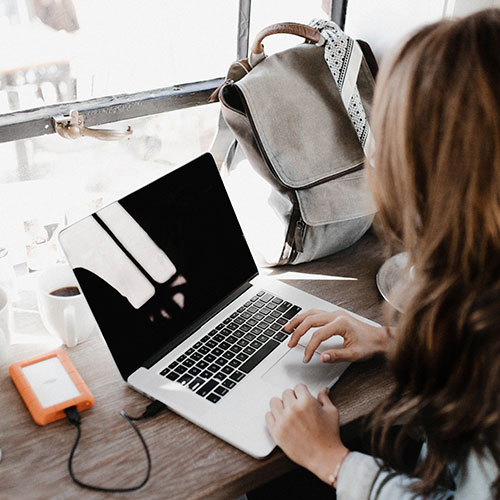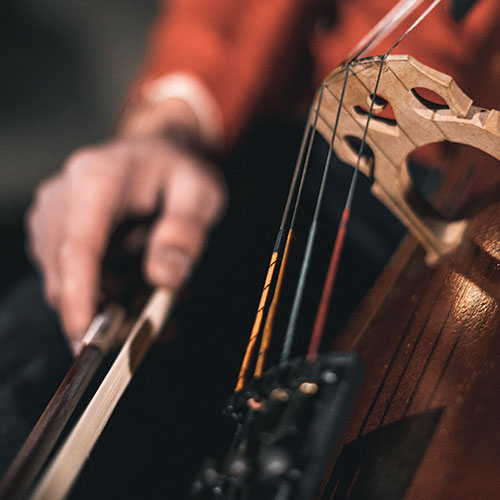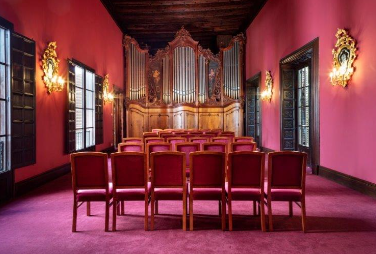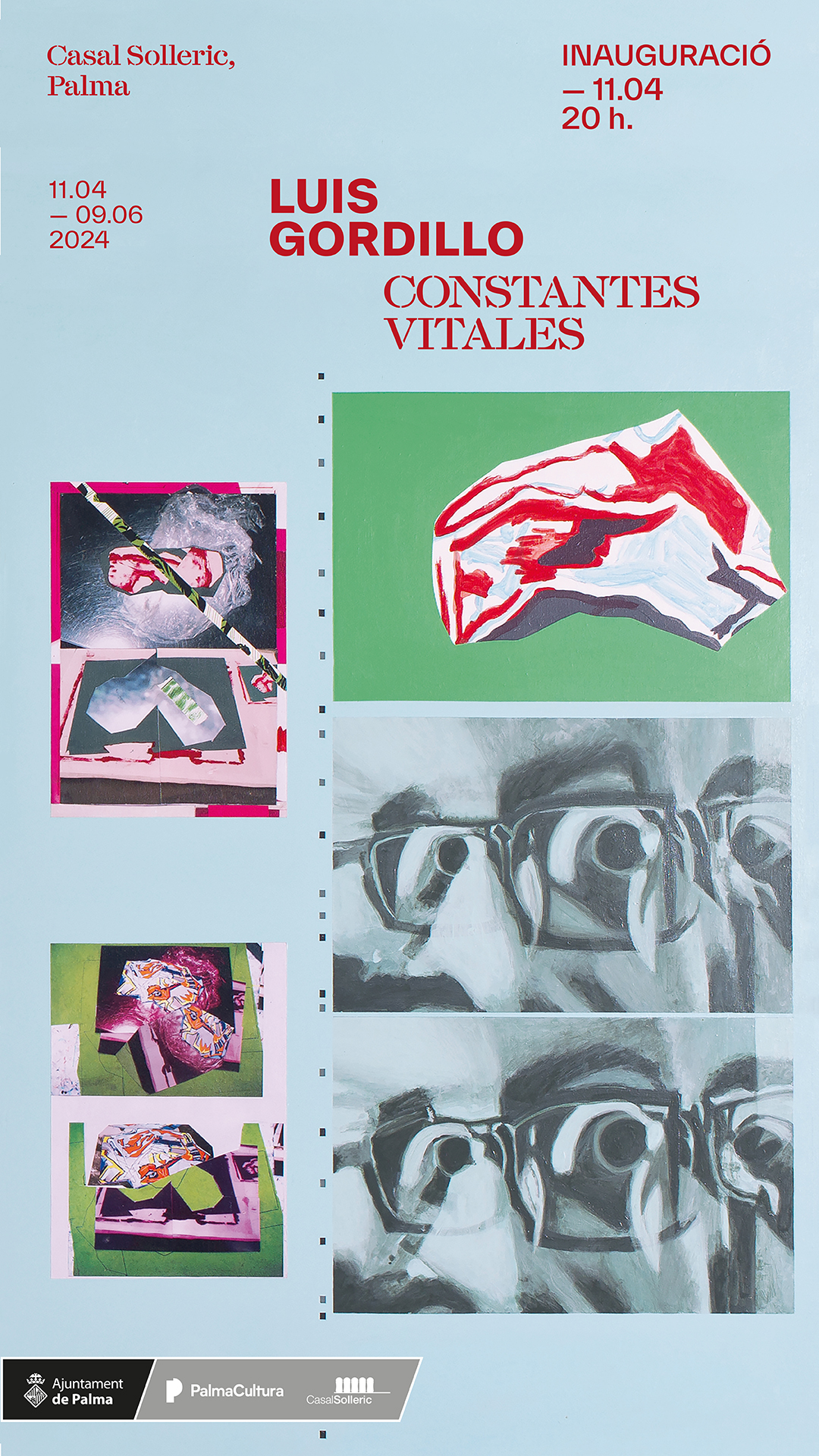Luis Gordillo · Constantes vitales - Casal Solleric
Luis Gordillo · Constantes vitales
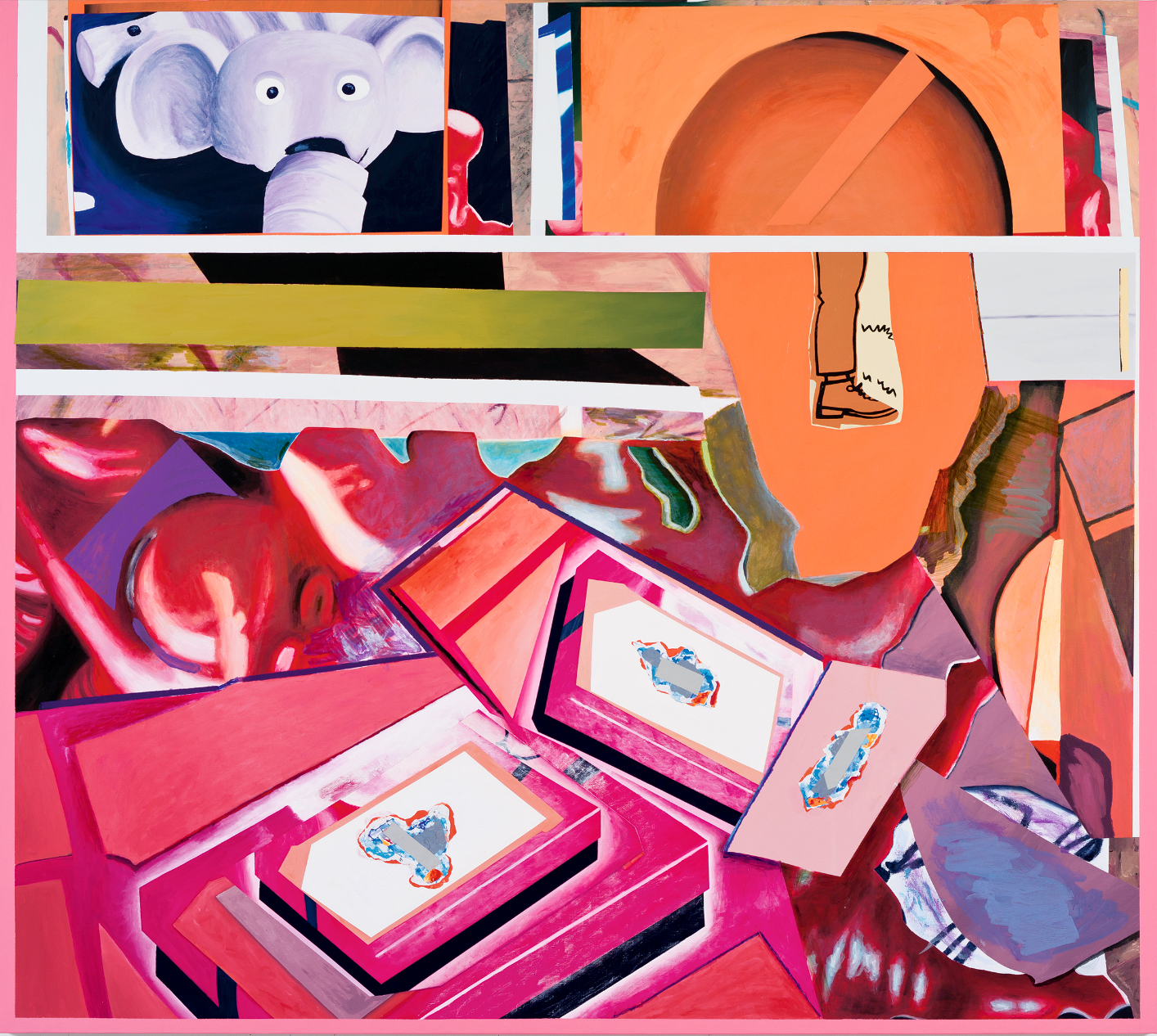
The project that Luis Gordillo (Seville, 1934) presents at Casal Solleric is one of his most complete exhibitions of the last decade, the largest exhibition he has held to date in the Balearic Islands. Constantes vitales brings together some of his main works of the 21st century with an active nature. At the same time, this review considers in depth the most notable lines of research of this final period, giving special importance to his drawing implosions, his persistent obsession with faces and the appearance in these years of extensive photo pictorial collages. The general approach of the exhibition is dialectical and not chronological. Its intention is to discover syntactic and structural aspects that serve to understand the artist's modes of operation, his way of facing the creative fact with unprejudiced and maximum freedom, always placing in the first place a type of experimental praxis that allows many open developments, especially those that facilitate a constant feedback between painting and photography, a characteristic territory of the author where the image in process defines internal configurations that construct the work.
Constantes Vitales is a living exhibition, it is designed with a dynamic sense that escapes from the white cube and tends towards the scenographic, a space where the building and the work maintain a continuous dialogue throughout the journey. Its objective is to involve the visitor, to show them the tensions and energies that his work gives off from within, offering a double perspective: on the one hand, a macroscopic vision of related families of paintings or recurring themes of his career; on the other, a careful observation of the combustions, explorations and drifts that are generated in the studio. The exhibition deals with the Luis Gordillo of the 21st century, showing with particular prominence his large-format paintings made before and after the pandemic, as well as those processes and trials originated from the multiplicity or fragmentation of the image.
Luis Gordillo · Constantes vitales
Planta noble / Casal Solleric
April 11 - June 9, 2024
Curadors: Sema D'Acosta and Fernando Gómez de la Cuesta

Grammar pictures (vertical painting)
In the long career of Luis Gordillo, we observe from the beginning how his work forks into two opposing directions, complementary territories that in his case function as sides of the same coin: on the one hand, an intense and long-suffering task; on the other, expansive and overflowing. The artist himself calls this duality vertical painting / horizontal painting, a bisector that in 2024 is still valid to divide the corpus of his production. Sometimes it happens that he finds himself absorbed in a painting inward, trying to advance in depth trying to solve, like a mathematician developing a formula on a blackboard, the appropriate equation for that particular piece. He can spend months there, turning over and over any minimal issue related to specific problems linked to color depending on the volume and depth of the pictorial field, a preferred theme in his work since the early seventies. That, let's say, is the vertical painting, which determines his grammatical paintings of the Zentrum type that can be seen in this room, a type of work where the syntax of the painting language is fundamental.

Reasoned zoology
It is curious to observe how, starting in 2019, recognizable fragments of animals are incorporated into the paintings. The first animals to appear in this last period were a couple of scared little foxes with a black background that look at the viewer with uncertainty, a photo placed on a wall of the studio that will take center stage in two works from that same year: Quién mira a quién and Visión-Dispersión-Destrucción. From then on, we find animals in paintings such as Oremus (iguana and elephant), Zoologia razonada (pig-dog), Ratón ¡No gravity! (elephant) or Amistad verde (Iguana). For a long time, the artist has collected singular objects in his studio, and animal toys, figures that serve as models for practicing photographic compositions that can later be enlarged to a larger size on a canvas or even inspire motifs for a painting.
It is pertinent to establish the relationship between these animals of today and others scribbled as automatic drawings in the early seventies (just remember a work from 1971 such as Dos seres domésticos or his contribution to the serigraphy portfolio Animales salvajes, animales domésticos from 1973), some of which were also turned into paintings. At that time, the trigger for an initial image were drawings of absurd, undefined beings. In the 21st century, that seed-motif comes mostly from ordinary photos taken in his immediate environment.

Faces remix
Since the beginning of his career, faces have been a constant in painting, photography and graphic developments. At first they were heads. In fact, that was his first large series of paintings from 1963 to 1965. As a teenager, Luis Gordillo collected convulsively and without apparent intention three types of images that he would cut out of newspapers or magazines: 1) heads of relevant characters, 2) jokes and 3) advertising that was sent to his father's office, who was a doctor; many of those photos were beautiful smiling women. That initial obsession with the most characteristic of human physiognomy, with that part that makes us identifiable to ourselves and to others, has been maintained over time and will be one of the most recognizable elements of the corpus of his work in all periods. He himself writes in this regard that the heads were an antidote to the dispersion of personality, a representation, even if symbolic, of his attention to psychic problems.
In the last decade, the persistent obsession with using rubber masks as a model is curious, an element that turned inside out generates an image that is somewhere between intriguing and repulsive. That estrangement, the search for a disconcerting but at the same time recognizable image, is intentional. For Luis, the face should make us feel uncomfortable, move us somewhat, always avoiding what is satisfactory or pleasing.
Photo-pictorial murals
Lately, surprisingly, the iconographic hypergermination of his workshop has become extensive photo-pictorial murals, an original way of doing that could be considered one of the most representative creative drifts of this last period of Luis Gordillo.
We find the origin of these groupings in the successive compositions of images that the artist continually makes on the walls of his studio, a direct way of checking how they work with each other, of observing them calmly day after day. Within an order, they create a strangely attractive poetics of antagonisms and unforeseen events. Color and shape complement each other like the impulse/control binomial, a motor duality in his work. They function, in some way, as an expanded self-portrait: there are many faces, quite a few of himself, almost always presented with humor. We also find remnants of works or any other work debris that he finds at hand. Likewise, we observed press photographs or reproductions of his works taken from catalogs or proofs, printing material, colored cardboard cutouts or with paint stains, all placed with intention. There are continuous nods to painters of the past, from Dürer to Rembrandt through El Greco and Goya. With the murals, the limits between languages are broken and resources from different sources are added. They are an evolutionary extension of his collages, but with a more concentrated and intense vitality, they have something hybrid that borders on the pictorial.
Horizontal developments
At the beginning of his career, he made these horizontal developments by scribbling shapes on a piece of paper, which passed from one page to another, or from one page to the next if it was a notebook. This way of working was a way of letting things out, whether mental or emotional, characteristic of his initial series in Chinese ink conceived in Paris (Abstracciones, 1959-60). In fact, even recognizing in them something substantially different from the type of work that would come later, this evolutionary way of allowing a productive site to expand following intuition, survives to this day after having gone through different stages. The motives, resources and materials, techniques and technologies, even the means, have changed, but this circulatory system has remained adapted to each era.
Since then, the moment it finds a favorable vein, the energy flows with plethora as occurs in Electro-amable (2020), an expansion similar to the waves that propagate when a stone is thrown into water. There is rarely a foresight; perhaps a certain control to prevent ideas from dying due to saturation.
Even maintaining a high level of entropy that prevents the combustion generated by these horizontal overflows from being foreseen, it is much easier for the artist to follow the trail of these spilled forces than to invent new ones.
Living energies
There is a series of works by Luis Gordillo beginning in the new century that, without being expressly photography, painting or drawing, use the image with unprejudicedness and freedom to generate tremendously fresh and unclassifiable results, as occurs, for example, with Colouring Book 2020) conceived from a child coloring book. These types of organic pieces are difficult to define, they seamlessly mix scraps of diverse origin that range from collage to appropriation. Its fundamental virtue is liveliness. Formally and conceptually, these ongoing growths raise aspects of interest. They have daring and self-confidence, they do not seem conceived by someone of such advanced age. For a veteran artist, the worst thing is to fall into repetition, to adhere to a recognizable formula to continue generating the same thing while being identified. Luis is not the case; quite the opposite, he is always in search of new research, as demonstrated by works of this type. He finds it increasingly difficult to paint due to age, so placing elements with a certain aesthetic sense is an alternative way of conceiving a kind of sui generis painting, but without brushes. The composition must work through balances of zones and internal tensions; without being noticed, having its own musicality. Its ingredients act as a polyphonic combination of several voices and simultaneous instruments that form a harmonious whole.
From April 11, 2024 to June 9, 2024
Planta Noble / Casal Solleric
Documents
Date last modified: April 24, 2024


